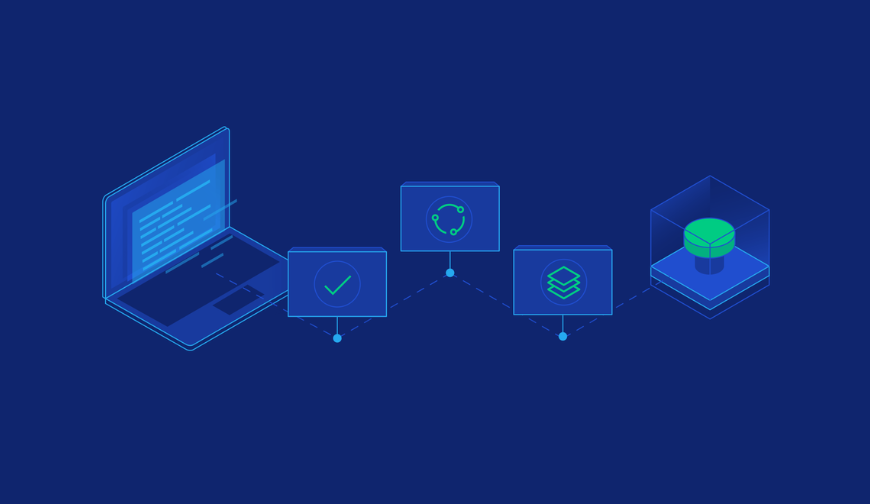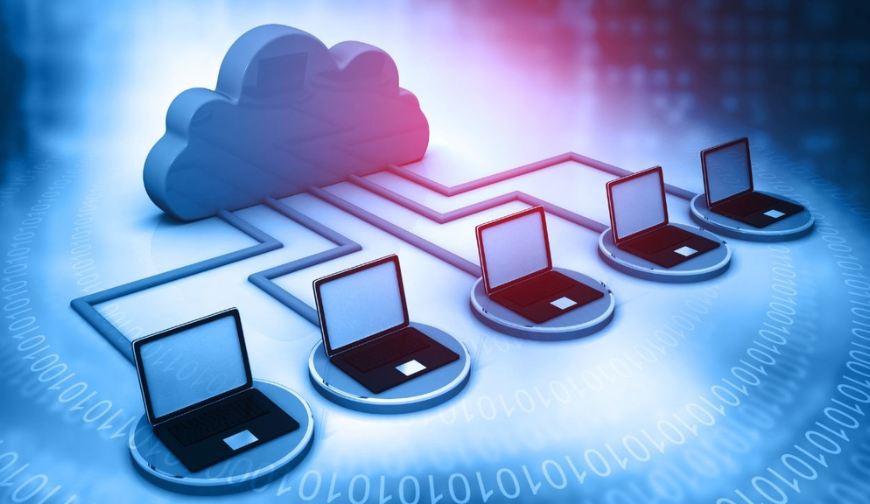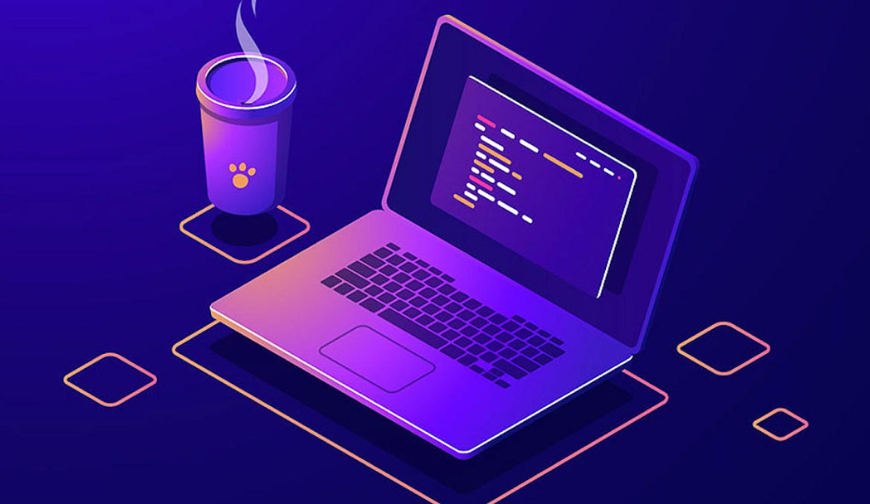In today’s fast-paced software development landscape, ensuring efficient collaboration, code management, and deployment processes is paramount. This is where version control and continuous integration (CI) come into play, especially in the context of LAMP (Linux, Apache, MySQL, PHP) stack development. Let’s delve into the intricacies of version control and CI integration within the LAMP environment.
Introduction to Version Control
Version control is a system that records changes to a file or set of files over time, allowing you to recall specific versions later. It plays a crucial role in tracking modifications, facilitating collaboration among developers, and maintaining code integrity throughout the development lifecycle.
Understanding LAMP Stack
The LAMP stack comprises four key components: Linux (the operating system), Apache (the web server), MySQL (the database management system), and PHP (the programming language). This stack forms the foundation for dynamic web application development, providing a robust environment for hosting and executing web-based projects.
Integration of Version Control with LAMP
Integrating version control with the LAMP stack presents certain challenges due to the diverse nature of its components. However, the benefits of incorporating version control far outweigh the challenges, as it enables teams to manage code changes efficiently and collaborate seamlessly.
Version Control Systems for LAMP
Several version control systems are available, with Git and SVN being the most popular choices for LAMP projects. Git offers distributed version control, making it well-suited for decentralized development environments, while SVN provides centralized version control, which may be preferable for certain project setups.
Introduction to Continuous Integration (CI)
Continuous integration is a software development practice where code changes are automatically built, tested, and deployed to production environments. It aims to detect and address integration errors early in the development process, thereby improving code quality and accelerating time to market.
Implementing CI with LAMP
Integrating CI tools such as Jenkins, Travis CI, or GitLab CI with the LAMP stack streamlines the development workflow by automating repetitive tasks like code compilation, testing, and deployment. This ensures that changes introduced by developers are promptly validated and integrated into the project.
Benefits of CI in LAMP Development
CI offers numerous benefits for LAMP development, including increased productivity, faster feedback loops, and greater confidence in the stability of the codebase. By automating the testing and deployment process, CI reduces the risk of introducing bugs or regressions into the production environment.
Best Practices for Version Control and CI in LAMP
To maximize the benefits of version control and CI in LAMP development, it’s essential to establish coding standards, implement effective branching strategies, and set up comprehensive automated testing procedures. These best practices help maintain code quality, facilitate collaboration, and ensure smooth deployment processes.
Case Studies
Several companies have successfully implemented version control and CI practices within their LAMP development workflows, resulting in improved efficiency and code quality. Case studies provide valuable insights into the real-world applications of these practices and highlight the benefits they bring to organizations.
Challenges and Solutions
Despite the advantages of version control and CI, implementing these practices in LAMP projects may encounter challenges such as configuration complexity, resource constraints, or resistance to change. However, by adopting suitable strategies and leveraging available tools, teams can overcome these challenges and reap the rewards of streamlined development processes.
Security Considerations
Security is a critical aspect of software development, especially when it comes to version control and CI pipelines. Implementing robust security measures, such as access controls, encryption, and vulnerability scanning, helps safeguard sensitive code and data from unauthorized access or breaches.
Future Trends
Looking ahead, the future of version control and CI in LAMP development is promising, with advancements in automation, containerization, and cloud-native technologies driving further innovation. Embracing these trends enables organizations to stay competitive, adapt to evolving requirements, and deliver high-quality software solutions efficiently.
Conclusion
In conclusion, version control and continuous integration are indispensable components of modern software development practices, particularly within the LAMP environment. By adopting these practices, teams can collaborate more effectively, ensure code quality, and accelerate the delivery of reliable web applications.
FAQs
- What is version control, and why is it important for LAMP development? Version control is a system that records changes to files over time, facilitating collaboration and ensuring code integrity. It is crucial for LAMP development as it enables teams to manage code changes efficiently and track project history.
- How does continuous integration benefit LAMP projects? Continuous integration automates the process of building, testing, and deploying code changes, leading to increased productivity, faster feedback loops, and greater confidence in code quality for LAMP projects.
- Which version control system is best suited for LAMP development? Both Git and SVN are popular choices for version control in LAMP development. Git offers distributed version control, while SVN provides centralized version control. The choice depends on project requirements and team preferences.
- What are some common challenges in implementing CI with LAMP? Common challenges include configuring CI tools to work with the LAMP stack, managing dependencies, and ensuring compatibility across different components. However, these challenges can be addressed with proper planning and adoption of best practices.
- How can security be ensured in version control and CI pipelines for LAMP? Security measures such as access controls, encryption, and vulnerability scanning help safeguard code and data in version control and CI pipelines for LAMP. It’s essential to implement robust security practices to protect against unauthorized access or breaches.




